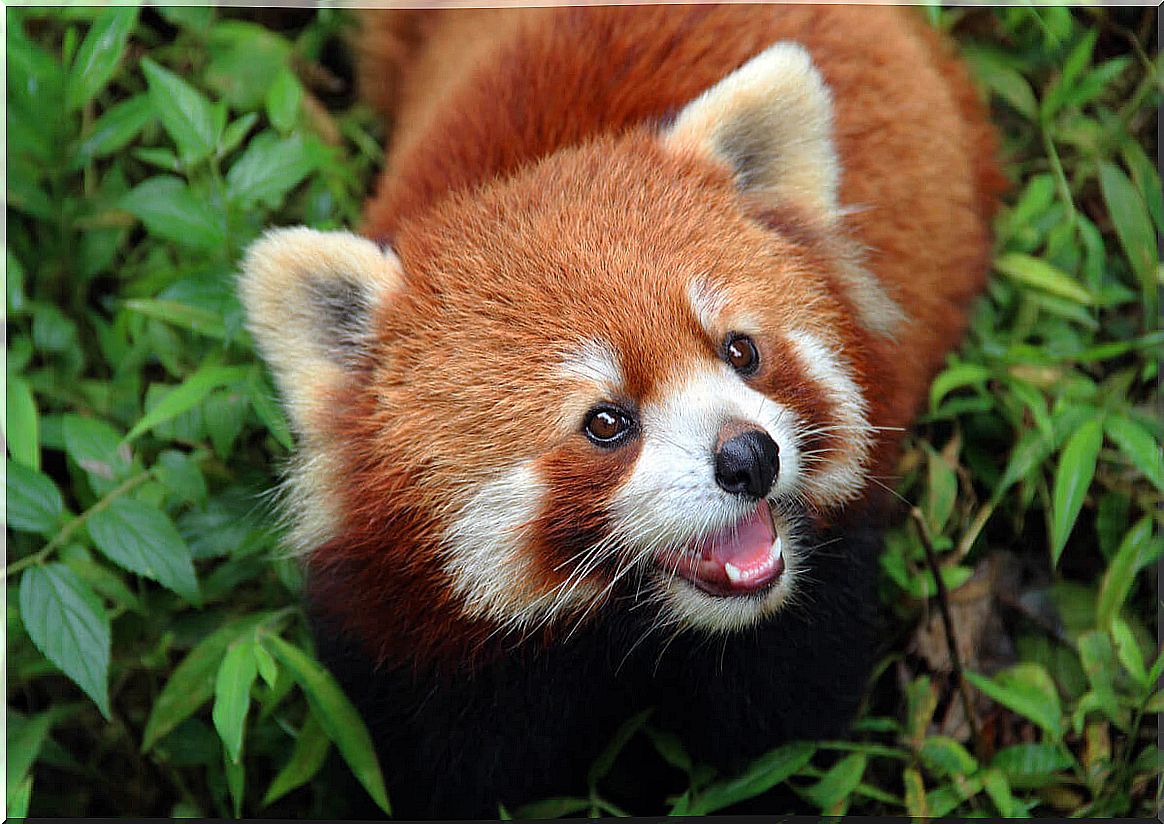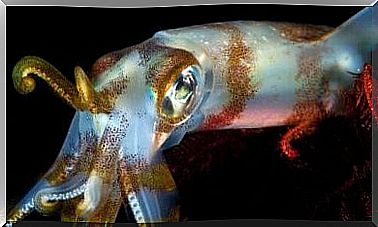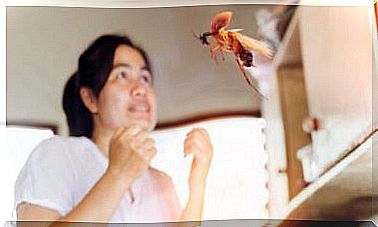The Red Panda And Its Behavior

Despite its name , the red panda has very little to do with the large black and white bear with which it shares its name and habitat. Because red pandas are much more similar to the Mustelidae (marten-like) than the members of this bear species.
Their taxonomy has always been a major challenge for scientists as they have been assigned to both the Procyonidae and Ursidae (bears) families . Today , however, they form their own family, the Ailuridae , of which they are the only member. Read on to find out more about this interesting mammal!
Is the red panda a bear or a raccoon?
The red panda lives in the high-lying bamboo forests of the Nepalese mountains, in northern Burmania (between 2,200 and 4,800 meters above sea level) and in the central regions of China.
This animal is about the size of a house cat, if one does not take into account its tail, which is again almost 50 cm long.
The red panda has a reddish-brown fur. In addition , the white spots on his face and the striped tail are also reminiscent of a raccoon. But thanks to the typical markings on his face, the two animal species can still be distinguished from one another.
In addition, the red panda can retract its claws and, just like the panda bear, it has a false thumb. However, this is not a real sixth finger, but rather an extension of the wrist bones that makes it easier to grasp trees.

Life between the trees
These animals spend most of their time in the trees and that’s where they sleep. They either curl up and cover their faces with their tails, or they sleep with their legs stretched out. The latter is a very distinctive position and you see it a lot in photos. In addition, the red panda can and does sleep for most of the day for up to 15 hours a day.
These mammals are particularly active at night and at sunrise. Because then they go looking for food. As omnivores, they feed on bamboo, fruits, acorns, roots, eggs, insects and small animals such as lizards, baby birds and rodents.
The red panda and its behavior
Red pandas mark their territory by secretions from their anal glands. In addition, they communicate with each other by making high-pitched sounds.
The red panda is a loner who only gets together with other animals during the mating season in winter. The young are born in spring and summer and the litters usually consist of one to four pups.
The females build their nests in hollow trunks and crevices in the rock. They stay there with their young for about ninety days after they are born. In addition, the females look after their young until they are six months old. The males are not involved in the rearing.
The red panda has a life expectancy of eight to ten years. However, in captivity, these animals can live up to fifteen years. Many zoos around the world are working together on a global plan for the conservation of this species in captivity. The zoos therefore exchange individual specimens with one another in order to increase the genetic diversity of this species.
One of the problems with breeding red pandas in captivity is the high rate of juvenile mortality. Therefore, an important part of this program is the rearing of young animals that have been rejected by their parents. In addition, this global project has set itself the task of researching the causes of the high mortality rates.
The most common diseases that experts have observed in investigations as part of this global project are distemper, parvovirus, rabies, toxoplasmosis and leptospirosis.
The red panda – an endangered species
The red panda is an endangered species as the number of specimens in the wild is sharply declining. Unfortunately, the population of these animals continues to decline. As is so often the case, we humans are responsible for this reality. Because factors such as the destruction of their habitat for agricultural use, deforestation and poaching are increasingly threatening these animals.
In addition, there are so few wild red pandas that inbreeding within this species is becoming more common. This poses another problem with the conservation of this species.

As you can see, the red panda is an adorable mammal with an adorable appearance that is sure to delight you too. But regardless of the appearance of an animal species, each one deserves our respect and our efforts to preserve them. Therefore, research and breeding in captivity are essential to the survival of the red panda and many other species that find themselves in the same situation.








